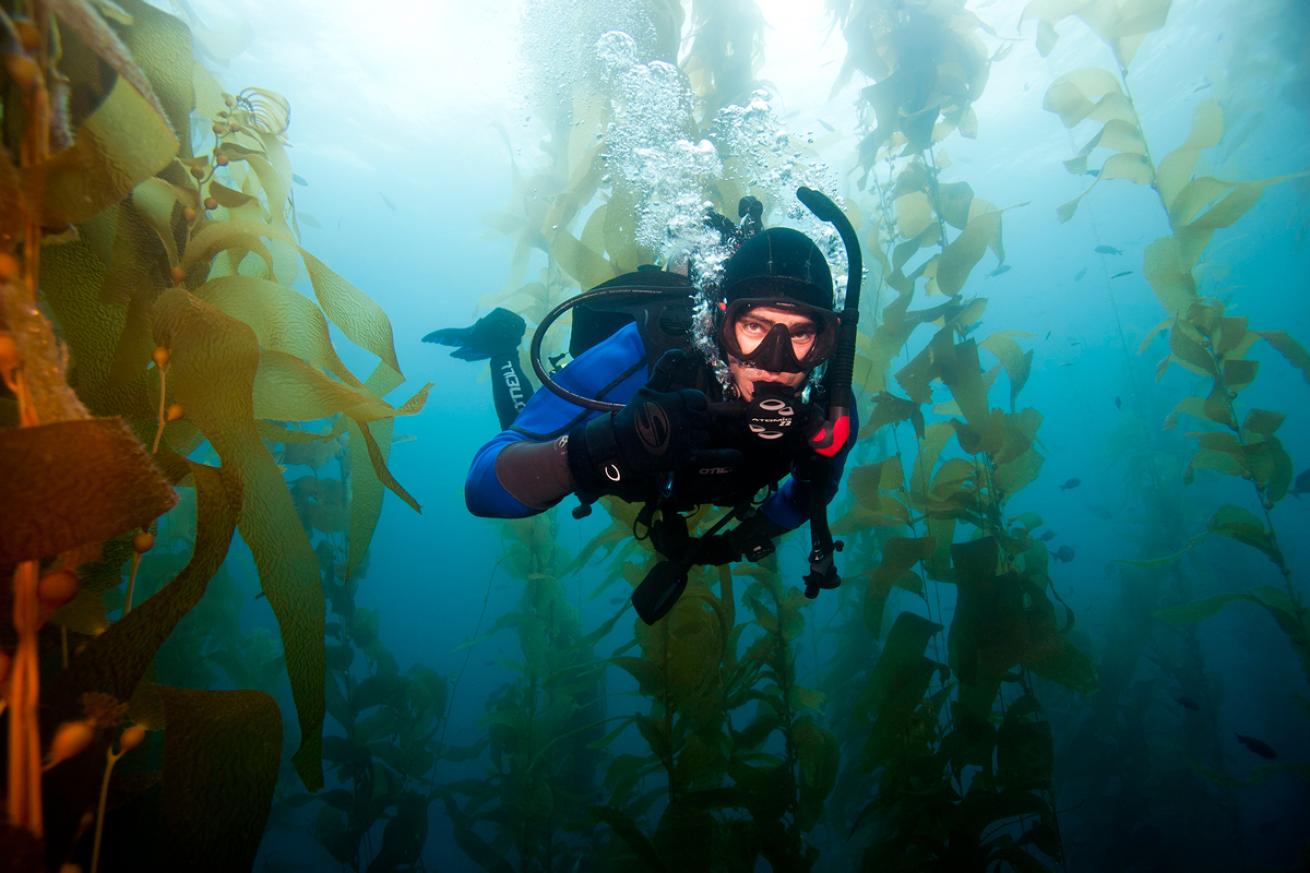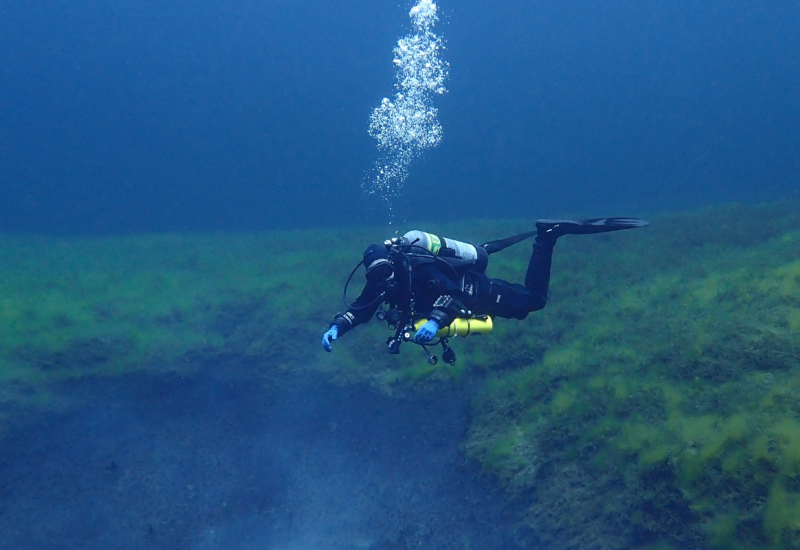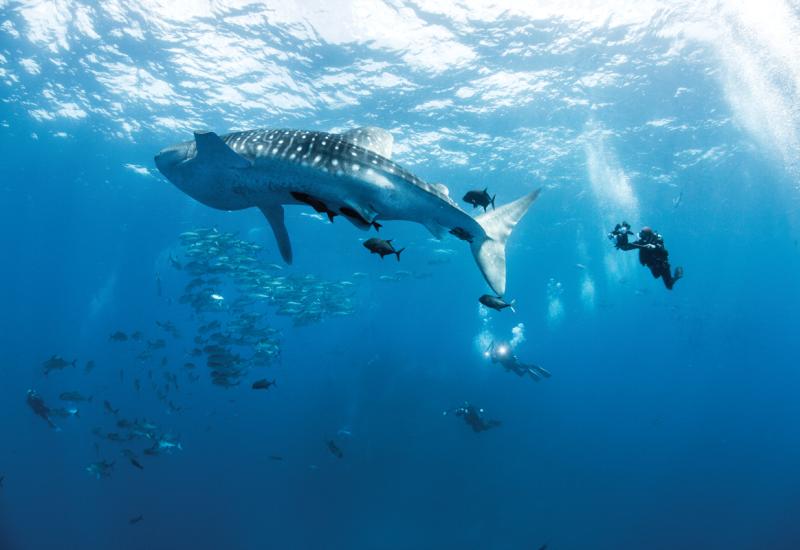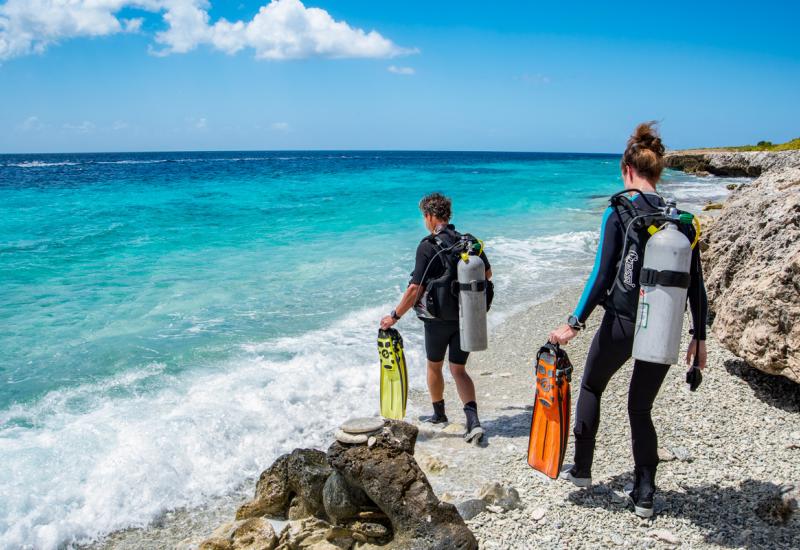What You Need to Know About the PADI Peak Performance Buoyancy Specialty
Swimming “weightlessly” underwater while scuba diving is the closest most humans can get to feeling like an astronaut floating beyond the grip of Earth’s gravity. In fact, NASA astronauts train for their missions in a large pool called the Neutral Buoyancy Laboratory. The PADI Peak Performance Buoyancy specialty covers skills needed to achieve precise neutral buoyancy underwater.

PADIA diver hovers effortlessly while diving kelp forests in the Channel Islands.
Whether you’re an astronaut or a diver, better buoyancy control makes diving safer and more fun.
PREREQUISITES Divers as young as 10 years old can take PADI Peak Performance Buoyancy, and the only prerequisite is an Open Water (or Junior Open Water) certification.
BENEFITS When your buoyancy is off, you may feel uncomfortable, become overexerted or use your air too quickly. You could also break fragile corals or injure yourself if you crash to the bottom, or risk decompression sickness or lung over-expansion injury from an out-of control ascent. By determining your correct amount of weight, you can fine-tune your buoyancy with your breathing instead of your BCD. Streamlining your equipment and adjusting your trim with the help of an instructor can help you move more efficiently, conserving energy and air. Perfecting your hovering skills helps keep you and the environment safer.
WHAT YOU’LL LEARN
Divers can independently complete their knowledge development lessons to get an overview of proper weighting, swimming positions and streamlining underwater. During two open-water dives, you’ll test your buoyancy at the surface to determine the right amount of weight for your dive. After descending to the bottom, you’ll use the fin-pivot skill to get neutrally buoyant. Then you’ll kick a few feet off the bottom to practice hovering motionlessly.
The next step is to maintain neutral buoyancy, making small adjustments through your breathing or with your BCD. Along the way, you’ll practice maintaining a comfortable, horizontal swimming position, as well as different finning techniques like the flutter and frog kicks.
Travis Marshall is a Los Angeles-based writer and diver covering scuba diving training and travel.










